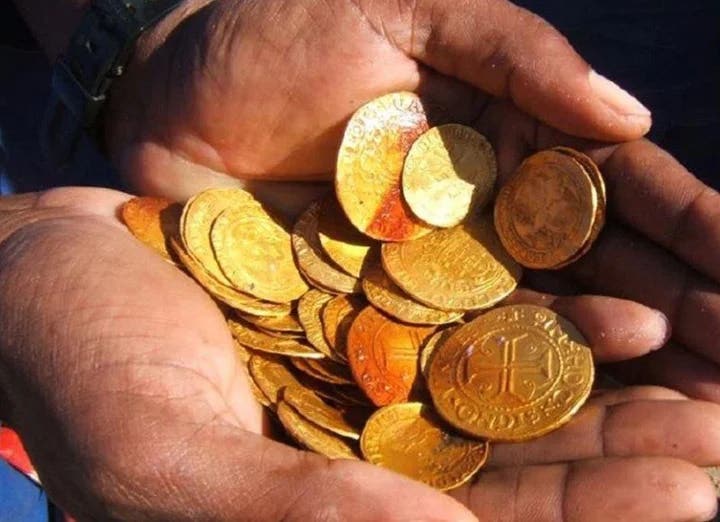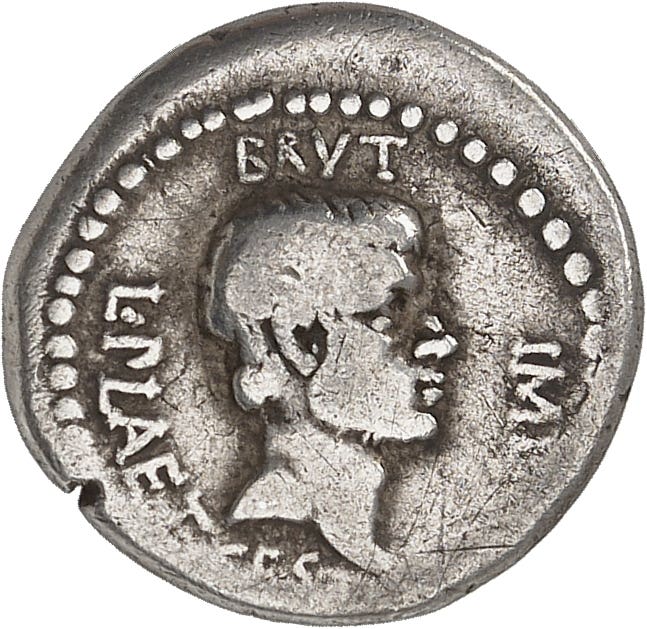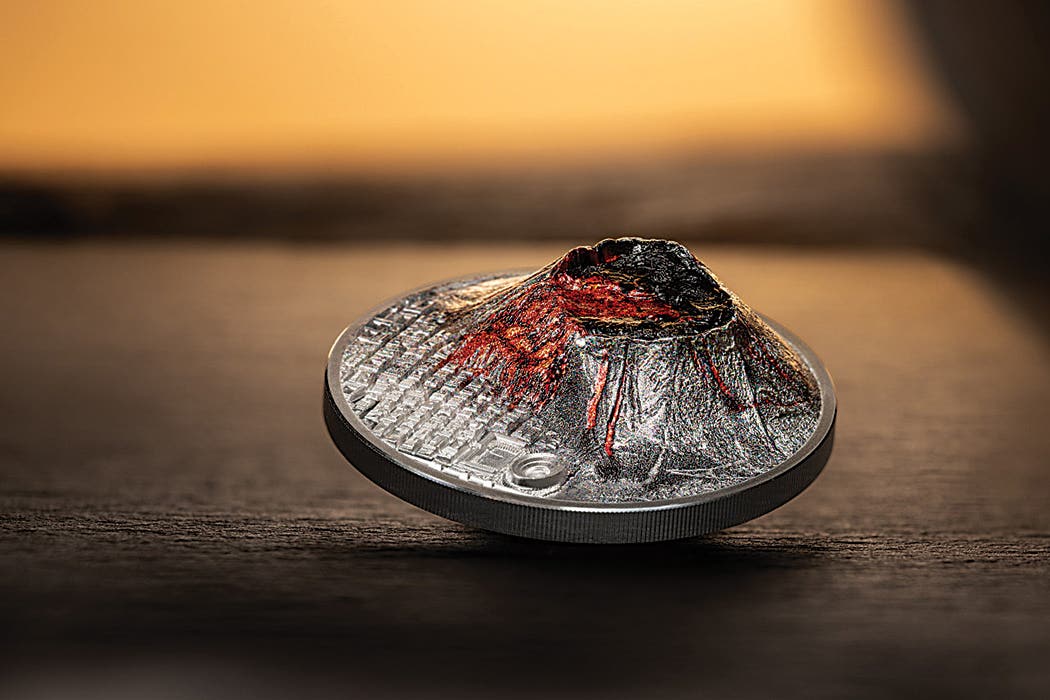New Hobby Podcast Available
By Clifford Mishler Illustrated on the cover page of the Utah Numismatic Society’s monthly “The Mint Master” newsletter for March 2020 is an interesting and fascinating scrip issue of the…
By Clifford Mishler
Illustrated on the cover page of the Utah Numismatic Society’s monthly “The Mint Master” newsletter for March 2020 is an interesting and fascinating scrip issue of the Iosepa Agricultural and Stock Company. The note dates from Aug. 1, 1901, being just one of two examples believed to exist, and was issued in a Church of Jesus Christ of Latter Day Saints desert colony in Utah’s Skull Valley, populated by settlers of Hawaiian descent, located in Tooele County about 75 miles southwest of Salt Lake City. “Iosepa” is Joseph in Hawaiian, the colony being named for the Mormon prophet Joseph Smith, and for Joseph F. Smith, who conducted a mission to the Hawaiian Islands in 1854. The value is 50-cents, or Hapalua Kala – 50-cents in Hawaiian – with the back of the note displaying the Hawaiian monarch’s arms shield. The first 46 Polynesian settlers arrived in the colony on Aug. 28, 1889; by 1901 the population was about 80; the population peaked at 228 in 1915; the community lasted until 1917, when the residents returned to Hawaii and the properties were sold to a livestock company. Only a cemetery remains today. Info: douglas.nyholm@comcast.net
NEW MEXICO: The Albuquerque Coin Club’s monthly “Pocket Change” newsletter for January 2020 details their “Club Bucks” program. Members earn $10 in Club Bucks for winning the monthly door prize, $1 for correctly answering quiz questions, $5 for bringing in a new, dues paying member, and $5 for working a two-hour shift at one of their semi-annual shows. Members can use the bucks to buy 50/50 tickets, pay winning auction bids at club meetings, buy club medals, tokens or shirts, admittance to the annual picnic, pay for year-end holiday dinner events, admission to club shows, and pay for certain trips and/or special events. Dealers at club shows “should accept them” on any purchases. They cannot be used in payment of annual dues ... “need real money for that.” Info: philvitale@msn.com
OHIO: The history tied to China’s 1914 “Fatman dollar” is explored in detail in the April 2020 issue of the Cincinnati Numismatic Association’s monthly newsletter – “The Cincinnati Numismatist” – in an article by Michael Rice. The coin takes its name from the bulbous Yuan Shikai portrait engraved for its obverse. Born in Henan Province of China in 1859, Yuan was a prominent military and political figure that bridged the time span from the late 19th century Qing Dynasty, the revolution and the early 20th century birth of the republic (1882-1916). Having installed himself as the first emperor of the Hongxian Dynasty on Dec. 23, 1915, rescinded by an edict he issued on Mar. 21, 1916, ending the monarchy and declaring himself just “president,” his fight for status ended with his death on June 6, 1916. Info: cincycoins@gmail.com
WISCONSIN: The Waukesha Coin Club snuck in under the wire with their 51st annual coin show, according to a report appearing in their April 2020 newsletter. The show was held on Sunday, March 15, the day before the coronavirus/Covid-19 “Social Distancing Guidelines” were announced by President Trump. While the reported attendance was 230 for the roughly 40-table, 30-dealer show layout, down significantly from its usual numbers near the 400 level, “dealers reported those that came wanted to spend ... one dealer dropped out at the last minute, but (we) gained one that walked in.” It was also announced that the club’s April 1 meeting had been cancelled, with that on May 6 still scheduled. Info: info@waukeshacoinclub.com
REGIONAL: A “Friends of the Exhibits” program for the annual CSNS convention was announced by the Central States Numismatic Society in the Winter 2019/20 issue The Centinel, their quarterly magazine. This program is “intended to give everyone who has personally benefitted from, enjoyed and appreciated” the exhibits area among the “small, passionate cadre of our membership” dedicated to educating others, the opportunity to “help perpetuate and strengthen this aspect of our educational initiatives.” Annual and lifetime donors at “member, patron and sustainer” levels from $50 to $1,000 are encouraged to join. Info: kevinsfoley.kf@gmail.com
An interesting collector-focused test program was announced in the quarter 2020 issue of “The Nor’wester,” published by the Pacific Northwest Numismatic Association. Enthusiasts of Washington state centennial medals, which were being offered to interested registrants at their recent shows while available supplies lasted without charge on a first come, first served basis, looking to fill holes in their collections are invited to satisfy their remaining needs by working through a test PNNA “clearing agent” program. Interested members are invited to share their needs and trade stock with the agent – centennialmedals@pnna.org – who will search for matches and connect the interested parties; there are 50 medals in the centennial series, 38 issued by counties, plus 12 special issues. That’s a concept that other organizations might find reason to test as well. Info: Eric@Holcomb.com
NATIONAL: The American Numismatic Association’s numismatic educator, Rod Gillis, announced in the March 2020 issue of The Numismatist that a feature – “Past Tense” – that he introduced in the July 2011 issue is ending its 117-installment run over the past 10 years. Editor Barbara Gregory announced at the launch that the feature would take readers “on a trip down memory lane (recalling) what was happening in the world when America’s favorite coins were introduced.” The first coin and year featured was the 1921 Peace dollar. Tidbits of history from the year were tied to the subject coins. In his closing presentation, Gillis observed in part; “Before I wrote my first column, I already knew what the topic of my last would be ... The 1943 steel cent ... the bane of my existence ... I can’t count the number of phone calls I have fielded about its value.” Info: education@money.org
The American Numismatic Society has announced the launch of a new monthly educational program – The Planchet – that is available as a podcast. Recorded for non-specialists and professionals alike, the programs will present conversations by numismatists and other scholars exploring the stories and histories of currency and medals. The first program in the series is presented by Jesse Kraft, ANS Curator of the Americas, explores mathematical formulas, exchange charts, and prolonged usage of British monetary terminologies in America, from the earliest days of the British-American colonies, up through the 1850s. Info: membership@numismatics.org.






